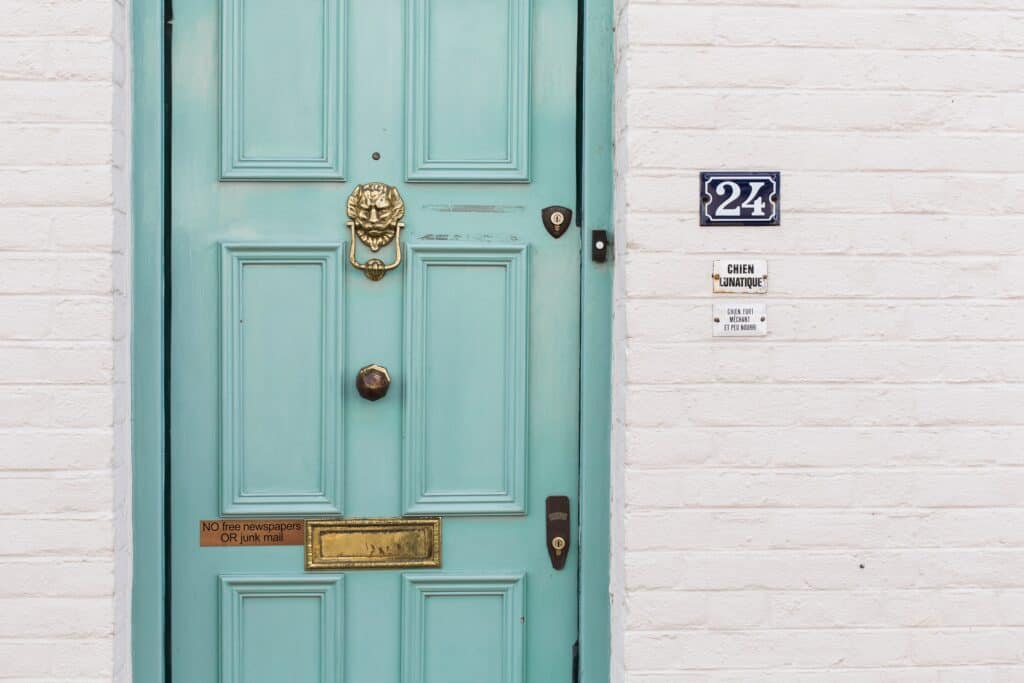
In the fascinating world of ESPHome projects, one innovation shines particularly bright: the ESPHome video doorbell with voice response. This creation is not only a significant advancement over commercial alternatives such as the Ring doorbell in terms of appearance, but also in certain functional areas. With its sleek and user-friendly design, coupled with flawless Home Assistant integration via ESPHome, it stands as a testament to the ingenuity and potential of DIY smart home solutions.
Contents
Why a Local-Only ESPHome Video Doorbell Makes Sense
Privacy, security, reliability, and control are some advantages of a local-only video doorbell over its internet-connected counterparts. Key benefits include enhanced privacy due to local data storage, dependable performance independent of internet connectivity, no subscription fees, complete control over data, and long-term availability unaffected by external cloud services. These features make local-only systems an attractive option for those prioritizing privacy and security in their smart home setups.
Addressing Limitations: Audio and Waterproofing Challenges
Despite its impressive attributes, the ESPHome Video Doorbell does have limitations, notably the absence of bidirectional audio. Presently, the doorbell can play pre-recorded MP3 files using a DFPlayer Mini, but it lacks the capability for two-way communication due to ESPHome's current limitations. There is a pending feature request for this functionality, although it hasn't seen development yet.
Another aspect to consider is waterproofing. The original creator didn't address this, as rain exposure wasn't a concern. However, for those in different climates, implementing waterproof measures like O-rings or silicone sealants is advisable.

Understanding the ESPHome Video Doorbell with Voice Response
This ESPHome project combines four distinct components into a cohesive system. At the heart of everything is, perhaps unexpectedly, an ESP32 with a camera module (frequently referred to as an ESP32-Cam):
- ESP32 with Camera Module: Serves as the primary doorbell mechanism.
- Wall-Mounted Tablet: This device displays the camera feed and offers options for pre-recorded responses when the doorbell is pressed.
- Smartphone Notification: Sends alerts to the user's phone with a screenshot and response options.
- Doorbell Chime: Utilizes a LOLIN (formerly WEMOS) D1 mini and a DFPlayer Mini, connected to amplified speakers, and also runs ESPHome.
These components work in tandem, as showcased in the demonstration videos:


The ESPHome Doorbell: Camera and Speaker Integration
The doorbell unit, the centrepiece of this project, employs an ESP32 board with a dedicated camera module with a long flex cable, a DFPlayer Mini, a speaker, and an LED-illuminated button. The flex cable enables a 90° connection between the ESP32 board and the camera module, maintaining the camera's upright position. A strong signal is ensured by the ESP32's external antenna. The front features a laser-cut lens insert and custom-cut acrylic glass, which could alternatively be 3D printed for a different aesthetic.
The ESP32 is a crucial component due to its capability to support camera modules, a feature that is not available in alternatives like the Raspberry Pi Pico W or the ESP8266. The ESP32 comes equipped with sufficient processing power and memory, which are essential for handling the data-intensive tasks associated with capturing and processing video feeds.
The Chime: Customizable Audio Alerts
The custom-built chime, powered by another ESPHome node, loads sounds onto a microSD card in the DFPlayer Mini. This setup, connected to computer speakers via a 3.5 mm jack, is flexible and can be placed out of sight.
The main benefit of using another ESPHome node as a doorbell chime is that you can build as many individual nodes as you need or want and place throughout your smart home. Once created, a few lines of YAML with have a new node integrated in to the system almost instantly.

Replicating the ESPHome Video Doorbell
To recreate this project, modifications may be necessary. The 3D-printed case is designed for specific door dimensions, so adaptations may be required. Additionally, the creator has generously shared the code, including the Home Assistant Dashboard setup, automations, and scripts.
While the wall-mounted tablet enhances the experience, it's not essential. Alternatives like the Android/iOS companion app or a persistent notification in the dashboard can serve similar purposes.
In summary, this DIY video doorbell with voice response represents a significant leap over commercial offerings. It blends aesthetics, functionality, and customization, offering a unique and sophisticated solution for the smart home enthusiast.
